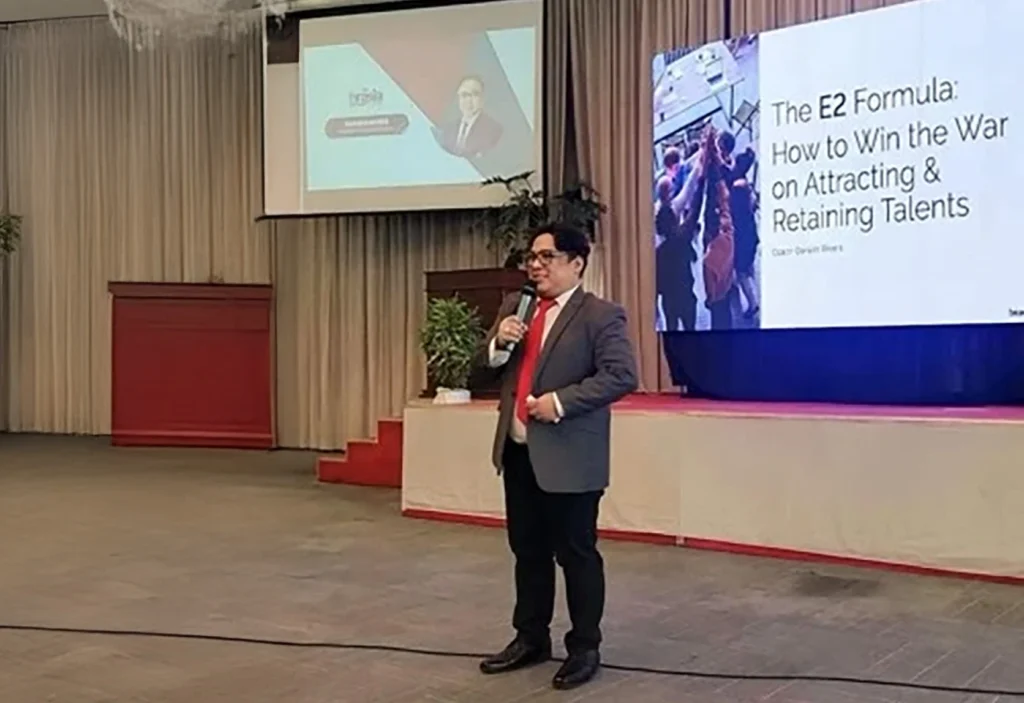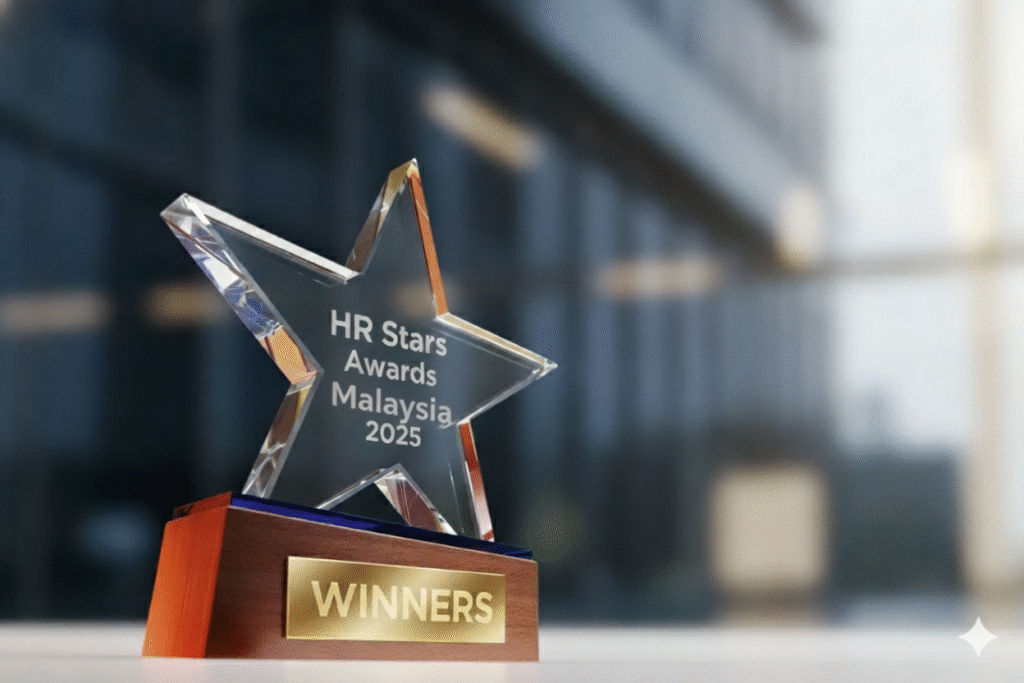Workplaces in Asia have undergone significant transformations in recent years. Rapid technological advancements, economic shifts, and changing demographics have reshaped the way people work and what they expect from their employers.
At the same time, they have also influenced talent management strategies. According to Chartered Institute of Personnel and Development’s (CIPD) Asia Employee Benefits Report 2025, developed in partnership with AIA, increasing employee satisfaction and retaining current employees were cited as the most important goals when designing benefits offering. This is against rising costs and digital transformation, which nearly half (49%) cited as the top trends influencing their strategies.
As a result, organisations find themselves navigating a complex and ever-changing talent landscape, and if they don’t listen to their employees, they risk losing out on attracting and retaining top talent.
Misalignment Between Employer Offerings and Employee Expectations
Despite the clear need of employee well-being, many companies in Asia are struggling to align their talent strategies with the evolving expectations of the workforce. According to CIPD’s latest report, more than two in five (44%) respondents from Asia said that understanding diverse employee expectations is a challenge when designing employee benefits. Yet at the same time, just one in four (26%) said that gathering employee feedback was important as part of this process.
This misalignment has several consequences. Firstly, many organisations continue to offer traditional, outdated benefits that may no longer resonate with younger generations of workers. Secondly, while employees are demanding flexibility, many companies in Asia are not fully embracing flexible work arrangements, and there continues to be poor work-life balance, with long working hours and high-stress environments remaining common across the region. Thirdly, while employees increasingly prioritize personal growth and learning, not all employers provide adequate pathways for career development. And fourthly, while the younger generation of talent is seeking employers whose values align with their own, many companies fail to articulate a compelling mission or demonstrate social responsibility.
This disconnect between what companies are offering and what employees want has led to increased turnover rates, difficulty in attracting talent, and reduced employee engagement – in many cases, ultimately negatively impacting business performance.
Strategies for Attracting and Retaining Top Talent
Organisations must adopt a multifaceted approach that addresses the diverse needs and expectations of the modern workforce. Central to this will be regularly conducting employee surveys to gather feedback, such as through ‘pulse’ surveys, as well as embracing technology. New human resources (HR) tools, like digital health solutions and chatbots, are helping organisations tailor employee initiatives and use people data effectively to assess what works.
For example, artificial intelligence (AI) can enable better analytical insights so that benefits can be tailored to increase uptake and engagement, while reducing administrative costs. Tools like employee sentiment analysis can help identify what employees value, address concerns, and help to guide more targeted, effective benefits strategies. This data-driven approach ensures that benefits and policies align with actual employee preferences.
With employees increasingly looking for work-life balance, another key strategy will be to prioritise employee well-being. The good news is that in Asia, 41% of employers are planning to enhance their health and wellness programmes, and 33% are planning to enhance outpatient insurance, followed by mental health support (27%) and life/accident insurance (21%).
While there is possibly an ongoing stigma around mental health in Asian markets, proactively supporting employee mental health and wellbeing will build a healthier, more motivated and productive workforce. What’s more, investing in preventive care and boosting employee health can also be cost-effective by reducing insurance claims. It is recommended for organisations to create safe spaces for health discussions and offer a wide array of programmes, including counselling, mental health days and resilience training, to provide holistic wellbeing support, backed by a strong culture that prioritises employee wellbeing.
Following the pandemic, flexible work arrangements have also become increasingly important to the workforce. What’s positive is that more employers are recognising this, with 29% considering more flexible options, up from 17% in 2024. Concurrently, investing in learning and development is vital, with 37% of employers planning to enhance their training and career development opportunities. This focus on growth and flexibility helps attract and retain top talent.
What’s clear is that fostering a strong company culture, offering competitive compensation and benefits, and promoting work-life integration are key to enhancing employee engagement, retention, and overall organisational effectiveness. Equally important is maintaining open lines of communication. Employers should actively engage their workforce and encourage managers and leaders to communicate regularly with their teams. Consistent dialogue builds trust, ensures alignment, and helps employees feel heard and valued, all of which are crucial to sustaining long-term commitment and loyalty.
The Future Employer
As we look ahead, organisations that successfully adapt to changing employee expectations will be best positioned to thrive in the competitive Asian market. By embracing flexibility, prioritising employee well-being, and fostering a culture of continuous learning and growth, companies can create workplaces that not only attract top talent but also inspire loyalty and high performance.
The future of work in Asia will see a continued blurring of traditional boundaries between work and life, with an increased emphasis on purpose-driven careers and holistic experiences. HR managers that can anticipate and respond to these evolving needs will build resilient, engaged workforces capable of driving innovation and success in an increasingly dynamic business environment. By engaging with employees and truly understanding and meeting their changing expectations, companies can position themselves as employers of choice, securing the talent they need to thrive in the years to come.
 About the author
About the author
May Leng Kwok, Chartered FCIPD, is the Head of Market Development – Global CIPD. She’s a seasoned consultant and a subject matter expert in HR and L&D practices in Europe and APAC, with over two decades of experience. She joined the Chartered Institute of Personnel and Development (CIPD) in 2006 and is currently responsible for driving CIPD’s purpose in international markets.
May Leng is a CIPD Chartered Fellow and a Member of National Certification Committee for the Australia HR Institute and on the Board of Advisors for the Asia Pacific AI Institute. She is also regularly invited as a keynote speaker at HR conferences and thought leadership events.









